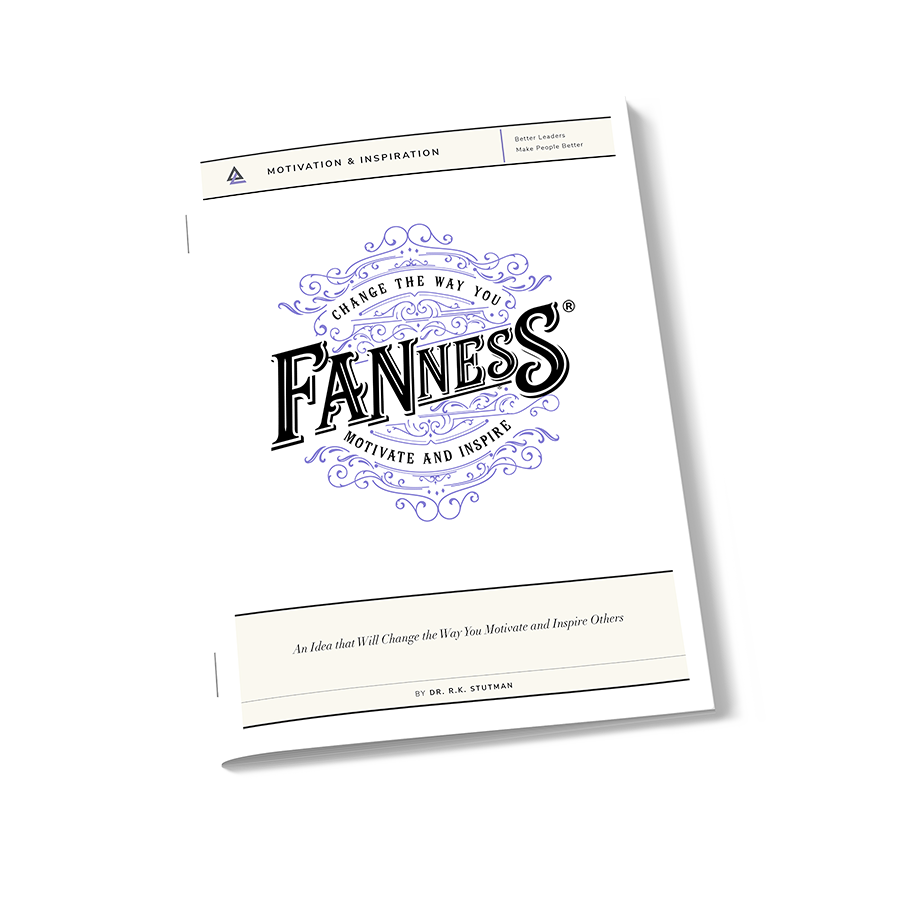As leaders — and those who support them — think about designing a personal development plan to improve their leadership, several best practices stand out.
What makes for a great plan, one that, if executed with enthusiasm, will really move the needle, is generally not well-known.
Many plans rely too heavily on assessment and not enough on skill and knowledge development. By incorporating four key ingredients, Leadership Development Plans can become much more impactful.
Beginning development with an assessment is always a smart idea. Learning from others what the leader needs to work on creates an ideal foundation from which to add more precision to the plan.
Diagnostics and psychometrics can add color to this picture, but the best assessments are grounded in the perceptions of those who work directly with the leader.
Once a leader’s strengths, weaknesses, blind spots, and challenges have been identified, the potential resources to accelerate progress become clearer.
But good plans don’t only address the feedback.
They consider what challenges the leader will face in the future and what gaps exist that might prevent the leader from succeeding in the next role.
With an eye toward the critical pressure points that will drive their development, crafting a solid plan now depends on the creativity of the designer. By addressing four essential ingredients, a great plan can begin to take shape.
The firstingredient to consider is the skills and behaviors the leader needs to develop.
The more specific these competencies can be described, the better. Finding learning opportunities to acquire these skills is much easier when the designer knows exactly what they are solving for.
In addition to more practice, training, tutorials, online classes, and case studies are a few of the options available to incorporate into the design.
Experiences are a unique way of addressing skill development while also providing a host of other learnings and insights.
Study after study reveals that leaders credit experiences over every other form for their biggest advancements in leadership development.
In addition to job rotation, planning an event, serving on a non-profit board, facilitating a meeting, mediating a conflict, and speaking at an industry conference are just some of the experiences that give leaders a fresh perspective on how they think about their leadership.
Knowledge acquisition is another ingredient of a great plan.
Discerning what acumen and understandings a leader needs to succeed in the future is a critical part of a quality plan.
Knowledge transfer can occur in a variety of formats and venues, but most are self-paced (such as reading programs) or involve direct conversations with experts or mentors.
Lastly, leaders must learn to develop and nurture the relationships important for their success.
Great plans make room for introductions, conversations, and dialogues with people they don’t presently talk with but need to. By identifying a small set of relationships and the pathways to begin the conversation, development plans go from good to great.
Most Leadership Development Plans are designed to be executed over the course of a year. However, when preparing leaders in a succession process, a two-year plan is often crafted.
Leaders in a succession protocol typically need more time and investment to be ready for the next role. While the ingredients remain the same in a two-year plan, they are commonly organized in discrete segments over that longer period.
The length of the plan aside, when the design incorporates skills, experiences, knowledge, and relationships, it is ready to move leaders forward in a big way.
To paraphrase Antoine de Saint-Exupéry, the idea behind a great plan is not to foresee the future but to enable it. Great Leadership Development Plans prepare leaders for a future they can’t yet see.

